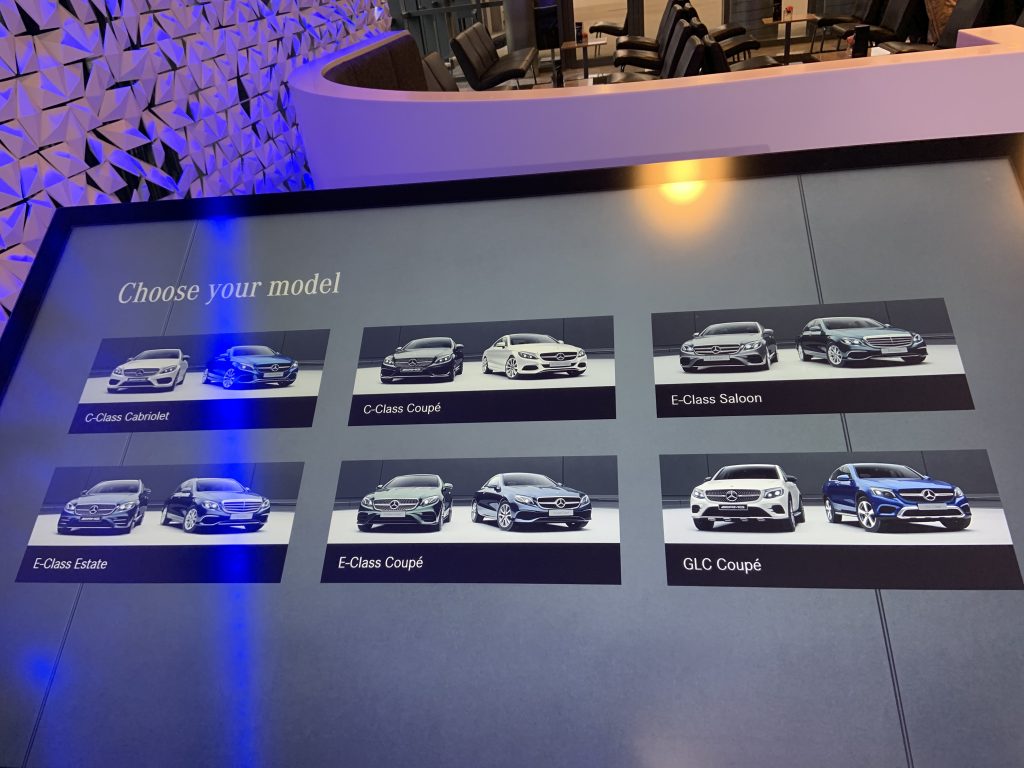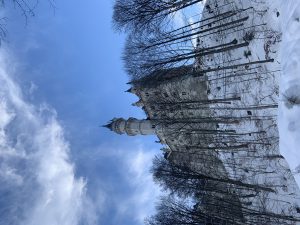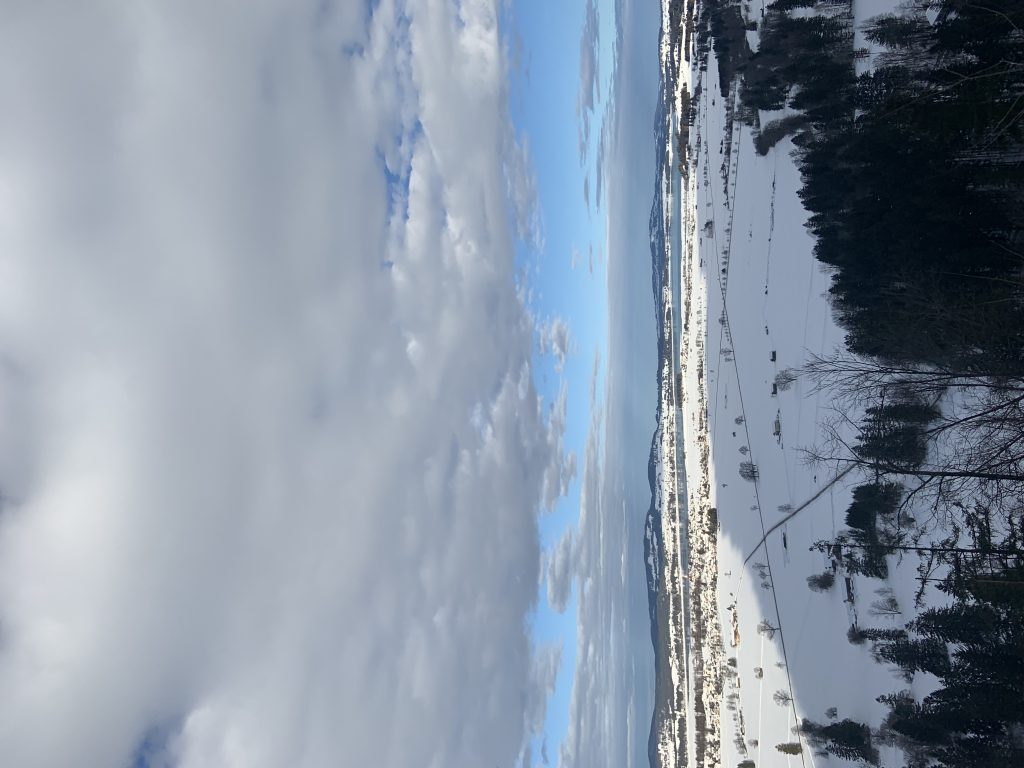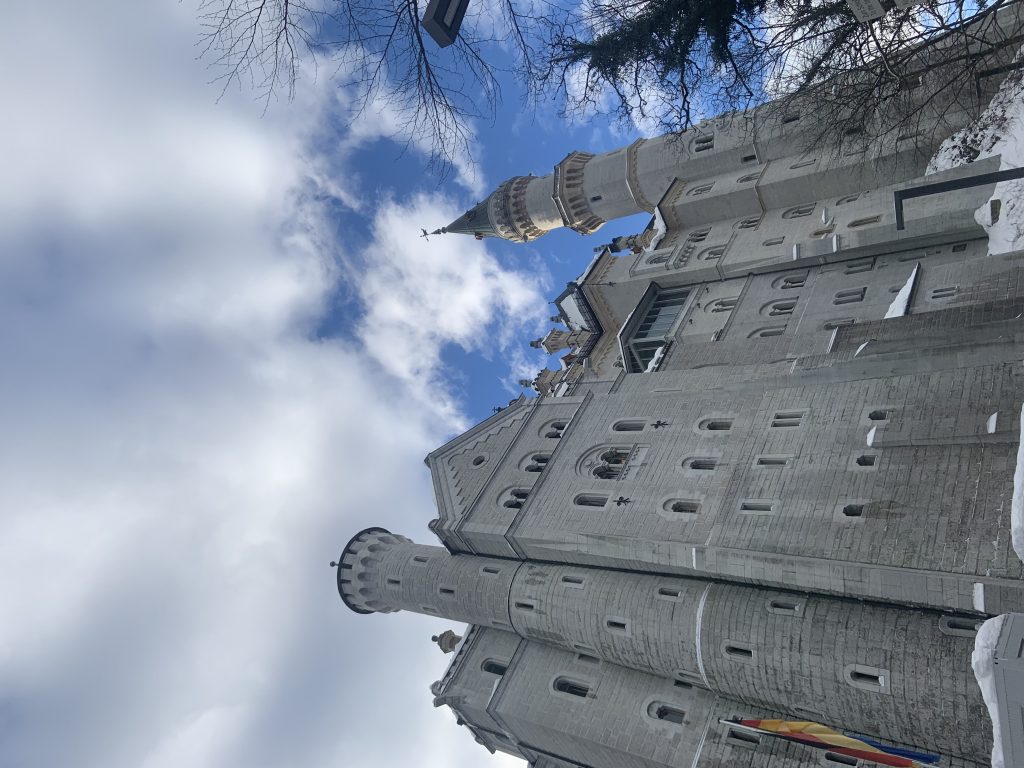Throughout this trip in Europe, I have noticed multiple differences in restaurant etiquette in comparison to the United States. Some cultural differences are the doors, the drinks, the waiters and waitresses, and tipping for the meal.
To begin with, the doors entering a restaurant are different than United States. The doors usually do not say pull or push next to the handle, so you would have to look at the hinges to properly open the door. I believe in America you usually pull the door before you enter, but in Europe I think you push to enter someplace more often.
Once you get the menu you would look at the drink menu to decide on what you would like to drink. The Europe culture of drinks would come as a surprise to Americans because water costs money. Water usually costs between two to three euros while wine could cost around four or five euros. Since you have to pay for water, Europeans would usually get coffee, beer, or wine as their drink of choice instead.
The waiters and waitresses have a different role in Europe than the United States because of the different culture involving water. In America, waiters and waitresses would come to the table often to refill your glass of water. Comparatively, Europeans that pay for a glass of water will not get refills resulting in the waiters or waitresses to not come to the table as often.
After eating a delicious meal, it is time to decide on how much to pay. In the United States it is a cultural standard to pay a tip to the waiter or waitress around 20%. In comparison, a European waiter or waitress would not expect to receive a tip. European waiters or waitresses are already receiving at least minimum wage without tips included, so it is not necessary to give them a tip. A tip of 5% in Europe is very generous.
The next time I go to a restaurant in the United States I will remember how different it was in Europe.






